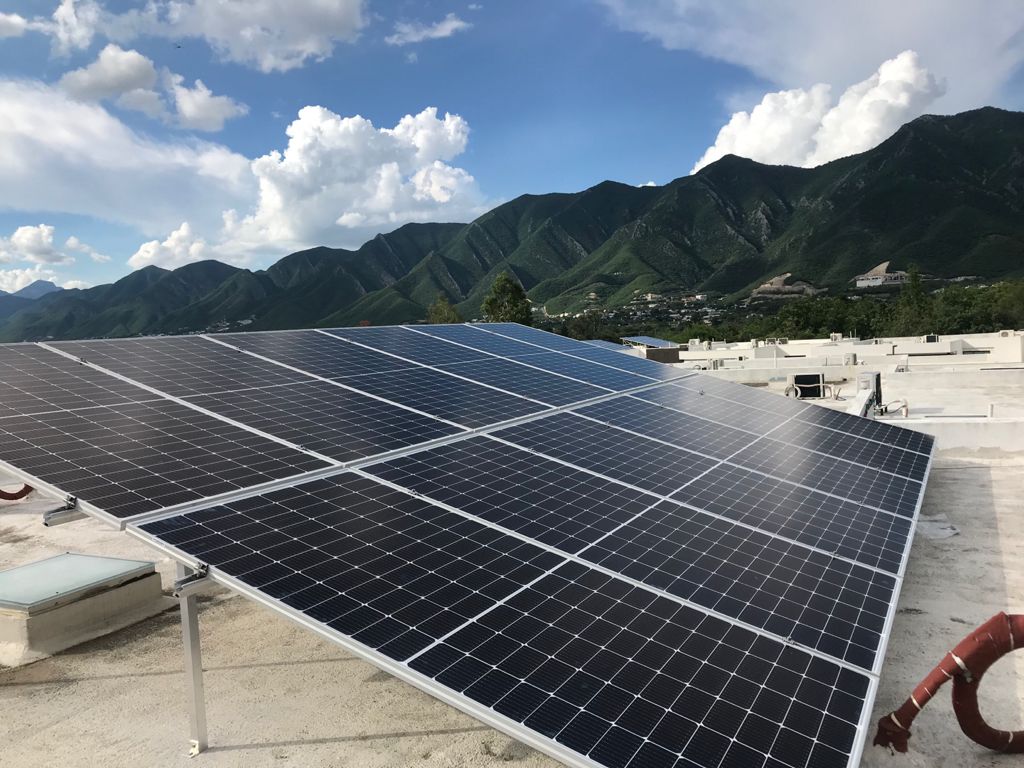Researchers from State Grid Corp. of China, the nation's largest state-owned grid operator and power utility, have explored the effects of individual behavioral interactions on the adoption of residential PV technology.
The scientists conducted their analysis based on surveys and behavior-driven computer simulations.
“This study adopts the agent-based modeling method (ABM),” they explained. “It can better simulate the formation of consumer preferences, information exchange, and the adoption process, calculate the adoption scale at different stages of the technology, and explore the influence mechanism of behavior and its interaction characteristics on the adoption of distributed photovoltaic technology.”
The group used NetLogo software, a platform for social network simulations, using two datasets. The first was based on a survey of urban and rural users from Tianjin, northern China. It incorporated a five-point Likert scale to capture variables such as psychological factors, sociodemographic attributes, and other relevant parameters. A Likert scale is a rating scale used to measure opinions, attitudes, or behaviors.
Out of 984 participants, 219 households had already installed PV systems. The second data set was the energy use behavior of PV system owners. The group randomly chose 219 households to correspond with the active users from the survey.
“This approach provides robust data support for updating the energy use behavior after an agent's adoption of the technology,” it noted.
Using all of those data points, the scientists then modeled the decision of agents, the social network, and the information exchange into the simulation. They did so partly based on the “theory of planned behavior” (TPB), in which an actor's attitude level, personal subjective norms, and perceived control determine their behavioral intention, affecting their final green adoption behavior.
They also used the “small world” network structure, in which all members of a curtain geographical community may randomly establish connections. To establish who became friends with whom, similarities in social attributes were taken into account.
In the simulation, the research group first looked into the effect of environmental constraints. They varied the threshold at which users decide to adopt PV. Strong environmental constraints might include strict regulations or societal pressures, while weak constraints might include social norms, minor incentives, or user-friendly interfaces.
“While strong environmental constraints may drive a quick uptake of distributed PV power generation technology, it's the weak environmental constraints that are more likely to sustain this adoption in the long term,” the researchers noted. “This is because they work by aligning with users' preferences and making adopting the new technology more appealing and less burdensome. As a result, weak environmental constraints are more likely to lead to a higher overall adoption ratio.”
In the final step, the researchers used the simulation to assess the effect of external intervention on the adoption of PV panels. They modeled subsidy levels, economic rewards, and economic penalties into the simulation. A benchmark model was used to allow both strong and weak environmental constraints to operate simultaneously, thus controlling the influence of environmental constraints.
“While each of the economic interventions studied in this research has some effect on the adoption rate of distributed photovoltaic technology, the most effective is providing additional economic rewards,” the results showed. “Cost subsidies and economic penalties also have a positive effect, but the free installation seems to reduce the adoption rate.”
They presented their findings in “The diffusion path of distributed photovoltaic power generation technology driven by individual behavior,” which was recently published in Energy Reports.
This content is protected by copyright and may not be reused. If you want to cooperate with us and would like to reuse some of our content, please contact: editors@pv-magazine.com.



1 comment
By submitting this form you agree to pv magazine using your data for the purposes of publishing your comment.
Your personal data will only be disclosed or otherwise transmitted to third parties for the purposes of spam filtering or if this is necessary for technical maintenance of the website. Any other transfer to third parties will not take place unless this is justified on the basis of applicable data protection regulations or if pv magazine is legally obliged to do so.
You may revoke this consent at any time with effect for the future, in which case your personal data will be deleted immediately. Otherwise, your data will be deleted if pv magazine has processed your request or the purpose of data storage is fulfilled.
Further information on data privacy can be found in our Data Protection Policy.